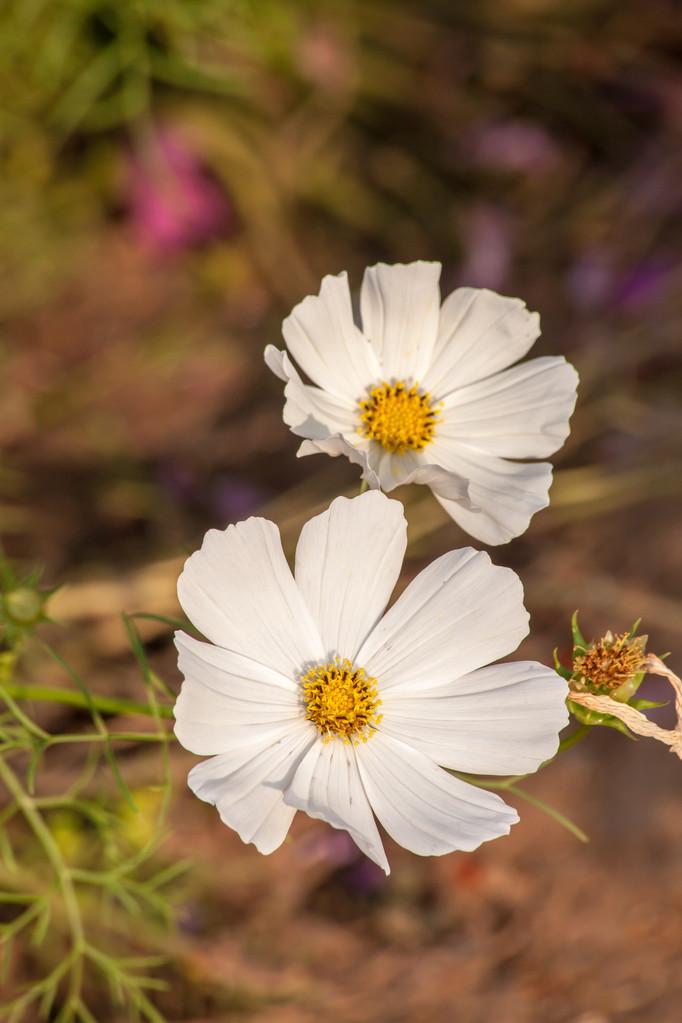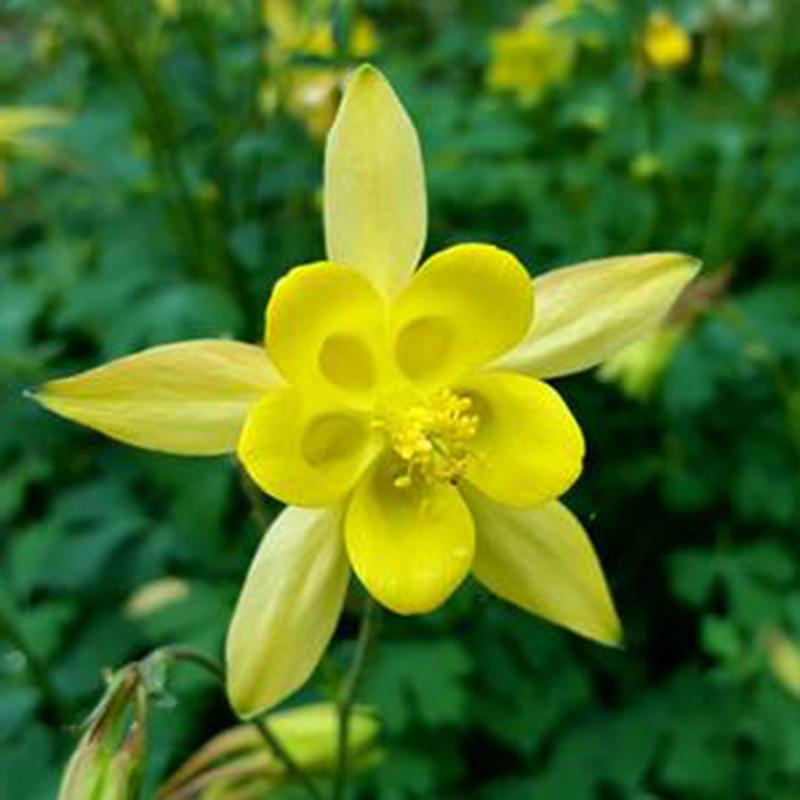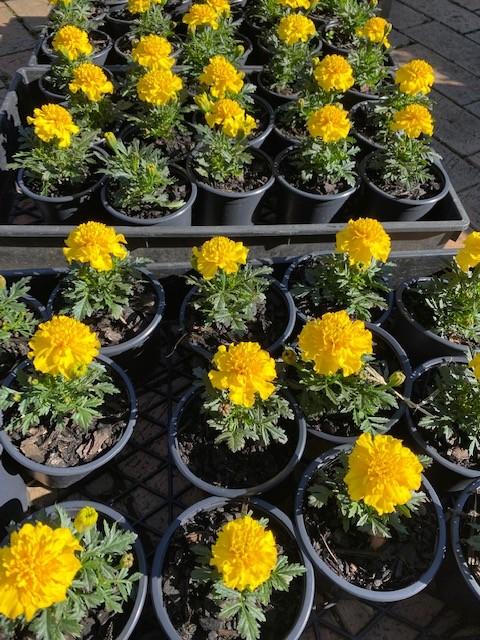Plant Mammillaria, commonly known as cactus, has an intriguing story. Originating from arid regions, this fascinating plant has evolved unique adaptations. Its spiky exterior acts as a defense mechanism against predators, while its compact size helps it conserve water. Mammillaria species also have beautiful, vibrant flowers that bloom in the harshest of conditions, attracting pollinators like birds and bees. These resilient cacti have been revered for their medicinal properties and are believed to bring good luck in some cultures. With its captivating adaptations and cultural significance, Mammillaria remains a captivating plant in the botanical world.
Picture
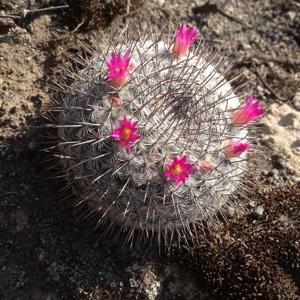
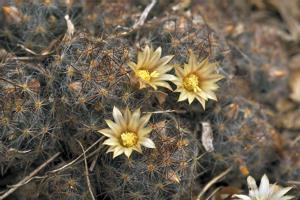
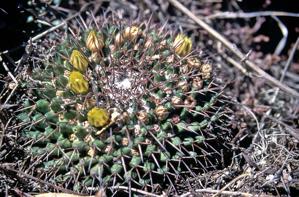
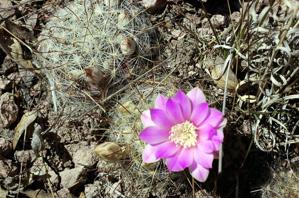
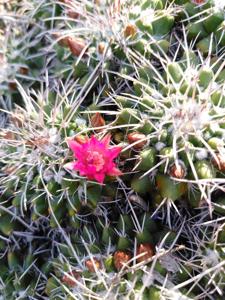
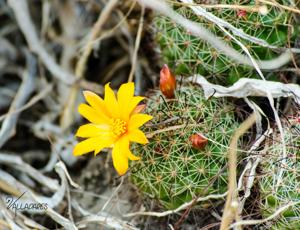
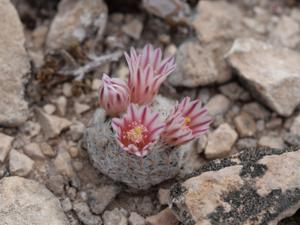
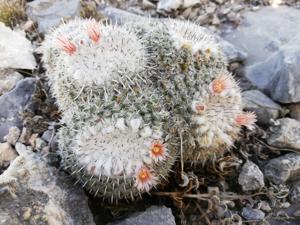
Plant some seeds now!
Short Description
Mammillaria is one of the largest genera in the cactus family (Cactaceae), with currently 200 known species and varieties recognized. Most of the mammillaria are native to Mexico, but some come from the southwest United States, the Caribbean, Colombia, Venezuela, Guatemala and Honduras. The common name “pincushion cactus” refers to this and the closely related genus Escobaria.
The first species was described by Carl Linnaeus as Cactus mammillaris in 1753, deriving its name from Latin mammilla, “nipple”, referring to the tubercles that are among the distinctive features of the genus. Numerous species are commonly known as globe cactus, nipple cactus, birthday cake cactus, fishhook cactus or pincushion cactus though such terms may also be used for related taxa, particularly Escobaria.
Description
The distinctive feature of the genus is the possession of an areole split into two clearly separated parts, one occurring at the apex of the tubercle, the other at its base. The apex part is spine bearing, and the base part is always spineless, but usually bears some bristles or wool. The base part of the areole bears the flowers and fruits, and is a branching point. The apex part of the areole does not carry flowers, but in certain conditions can function as a branching point as well.
The plants are usually small, globose to elongated, the stems from 1 to 20 centimetres (1⁄2 to 7+3⁄4 inches) in diameter and from 1 to 40 cm (1⁄2 to 15+3⁄4 in) tall, clearly tuberculate, solitary to clumping forming mounds of up to 100 heads and with radial symmetry. Tubercles can be conical, cylindrical, pyramidal or round. The roots are fibrous, fleshy or tuberous. The flowers are funnel-shaped and range from 7 to 40 millimetres (1⁄4 to 1+1⁄2 in) and more in length and in diameter, from white and greenish to yellow, pink and red in colour, often with a darker mid-stripe; the reddish hues are due to betalain pigments as usual for Caryophyllales. The fruit is berry-like, club-shaped or elongated, usually red but sometimes white, magenta, yellow or green. Some species have the fruit embedded into the plant body. The seeds are black or brown, ranging from 1 to 3 mm (1⁄16 to 1⁄8 in) in size.
Cultivation
Mammillarias have extremely variable spination from species to species, and attractive flowers, making them attractive for cactus hobbyists. Most mammillarias are considered easy to cultivate, though some species are among the hardest cacti to grow. Several taxa are threatened with extinction at least in the wild, due to habitat destruction and especially overcollecting for the pot plant trade. Cactus fanciers can assist conservation of these rare plants by choosing nursery-bred specimens (wild-collected ones are illegal to possess for the rarest species). Several mammillarias are relatively easy (for cacti) to grow from seeds. One such species, popular and widely available from nursery stock but endangered in the wild, is Mammillaria zeilmanniana.

